Retro Replay Review
Gameplay
Tag: The Power of Paint takes the pulse-pounding momentum of first-person action games like Mirror’s Edge and Portal and refocuses it on precision puzzle‐platforming. You begin simply enough, learning how to sprint across rooftops and leap between ledges. Before long, however, you stumble upon a paint gun that radically changes the rules of engagement. Instead of shooting baddies, you shoot colourful acids that reshape the world around you, turning drab surfaces into springboards, speed ramps, and sticky traps.
(HEY YOU!! We hope you enjoy! We try not to run ads. So basically, this is a very expensive hobby running this site. Please consider joining us for updates, forums, and more. Network w/ us to make some cash or friends while retro gaming, and you can win some free retro games for posting. Okay, carry on 👍)
The core of the experience revolves around three paint types—green for vertical launches, red for speed boosts, and blue for adhesion. Green allows you to execute rocket-jump–style blasts off the ground or walls, red streaks let you clear vast chasms in a single dash, and blue paint glues you to ceilings or vertical surfaces. Best of all, you can layer paints to create compound effects: imagine blasting off a red runway and detonating green as you soar, propelling yourself to rooftop perches that once seemed unreachable.
Each level ramps up the complexity of these paint-based tricks, weaving them into intricately designed obstacle courses. You’ll leap through rings of floating platforms, ride soaring corridors of colour, and outsmart moving obstacles by constantly rethinking how each hue interacts. Billboards scattered throughout the environment provide succinct tutorials and prompts, while mid-level checkpoints ensure your hard-won progress isn’t lost to a mistimed jump. The result is a smooth learning curve that rewards experimentation and fosters a genuine sense of discovery.
Graphics
The visual style in Tag: The Power of Paint is as functional as it is striking. The world is rendered in a clean, cel-shaded palette dominated by whites and greys—an intentionally minimal canvas that makes your vibrant paint trails pop in stark contrast. This design choice does more than look good; it instantly communicates which surfaces are interactive and which are inert, keeping distraction to a minimum and gameplay clarity at a premium.
Surfaces glow under fresh paint applications, and dynamic lighting casts subtle shadows that accentuate the geometry of ramps, walls, and floating platforms. This interplay between light and hue not only enhances spatial awareness but also highlights your recent paths, letting you retrace or refine moves on the fly. The simplicity of the environment also helps maintain solid performance, ensuring smooth framerates even during high-speed sprints and elaborate aerial sequences.
Subtle environmental details—distant skyscrapers, minimalist billboards, and rotating neon signs—add a sense of scale and immersion without cluttering the playing field. The art direction strikes a fine balance between borrowing from industrial urbanity and maintaining an abstract aesthetic. Overall, the graphics serve both form and function, reinforcing the game’s emphasis on speed, precision, and colourful problem-solving.
Story
Unlike many modern titles that lean heavily on narrative exposition, Tag: The Power of Paint adopts a largely story-free approach. There’s no cutscene drama, no elaborate backstory, and no dialogue to parse. Instead, the game trusts players to invent their own motivations—whether that’s mastering each level as quickly as possible or experimenting with new paint combinations simply for the joy of discovery.
Instead of written lore, the game employs environmental cues—billboards that flash concise instructions, strategically placed orbs that serve as finish points, and the recurring motif of towering cityscapes. These elements subtly guide you without breaking immersion, effectively weaving a minimalist narrative through gameplay mechanics alone. Your story emerges from the challenges you overcome and the jumps you nail, not from text or voiceover.
This hands-off storytelling approach may feel liberating for players who prefer gameplay purity over plot complexity, but it could leave narrative-hungry gamers wanting more. If you’re looking for emotional beats, character development, or moral choices, this title won’t provide them. Instead, it offers a streamlined playground where your own creativity and pursuit of mastery become the story.
Overall Experience
Tag: The Power of Paint delivers a uniquely satisfying blend of speed, precision, and creative puzzle-solving. Its minimalist presentation puts paint mechanics front and center, turning everything from a barren rooftop to a suspended platform into a canvas for ingenuity. Each level feels like a bite-sized challenge carefully crafted to teach, test, and then reward your growing skillset.
The learning curve is gentle yet engaging, thanks to well-placed checkpoints and intuitive billboard prompts. As you progress, you’ll find yourself chaining paint effects together in novel ways, discovering shortcuts, and shaving precious seconds off your best times. Though relatively short compared to sprawling open-world titles, its compact design ensures there’s no filler—every jump, every splatter, and every launch pad serves a purpose.
For puzzle-platformer aficionados and speedrunning enthusiasts alike, Tag: The Power of Paint stands out as an inventive twist on familiar first-person mechanics. It’s a playground of coloured physics and aerial artistry that challenges you to think fast, aim true, and paint your way to victory. Whether you’re chasing perfect runs or simply soaking in the thrill of discovery, this game offers a refreshingly pure, endlessly replayable experience.
 Retro Replay Retro Replay gaming reviews, news, emulation, geek stuff and more!
Retro Replay Retro Replay gaming reviews, news, emulation, geek stuff and more!
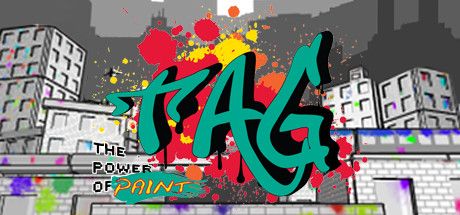
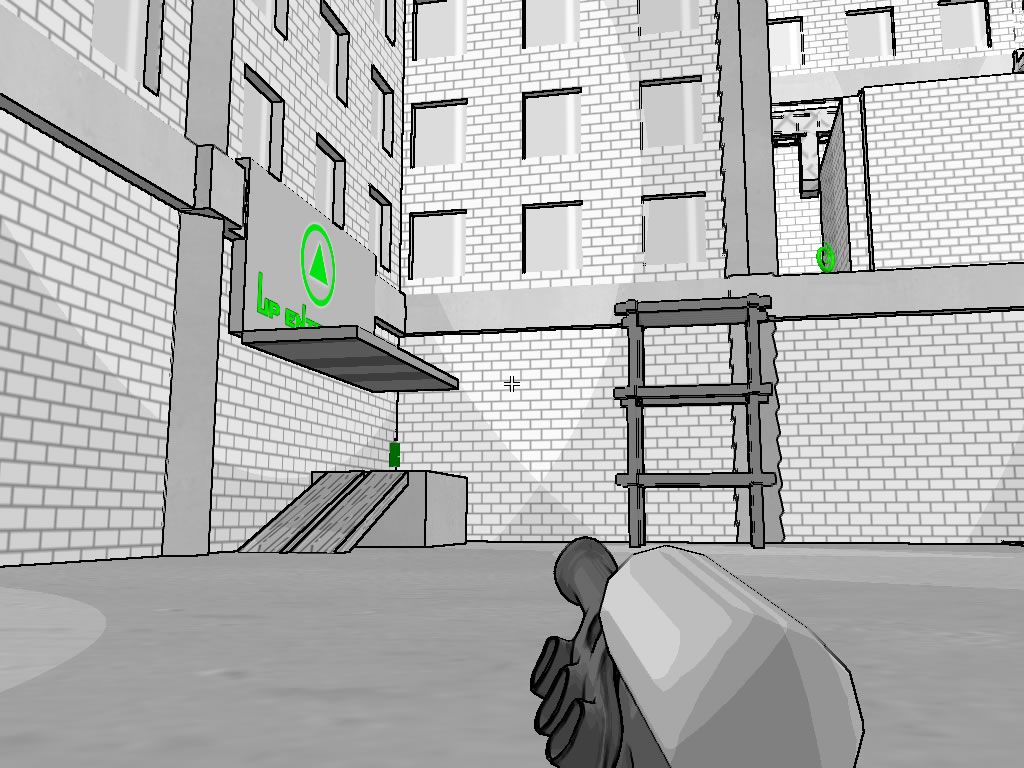
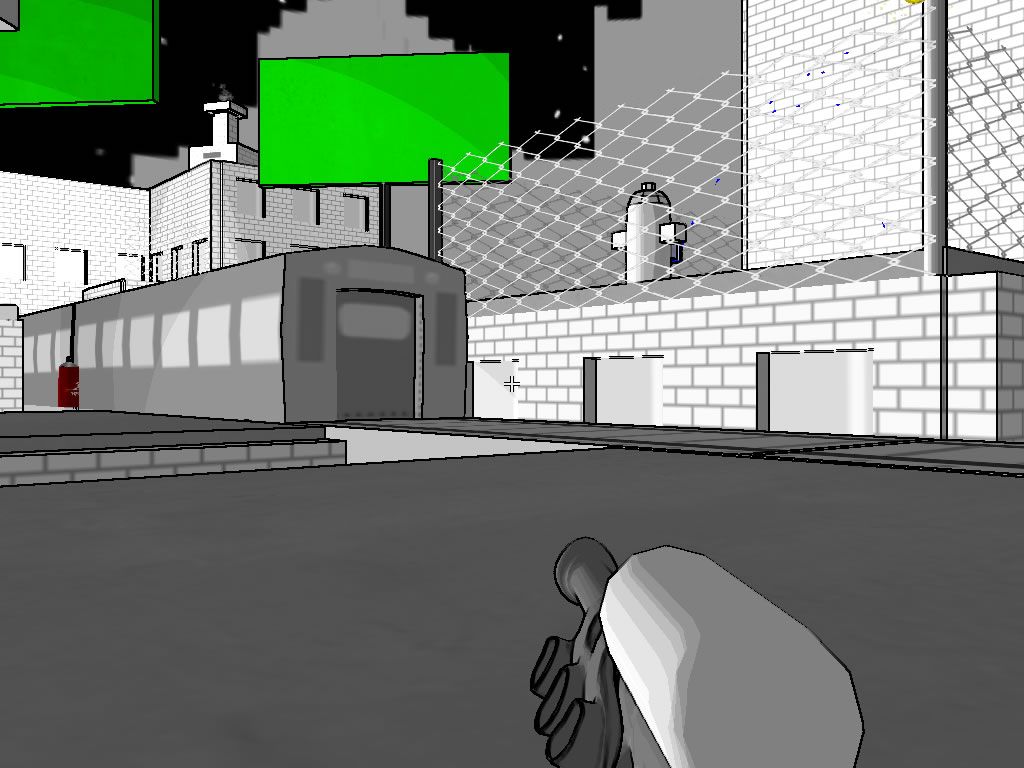

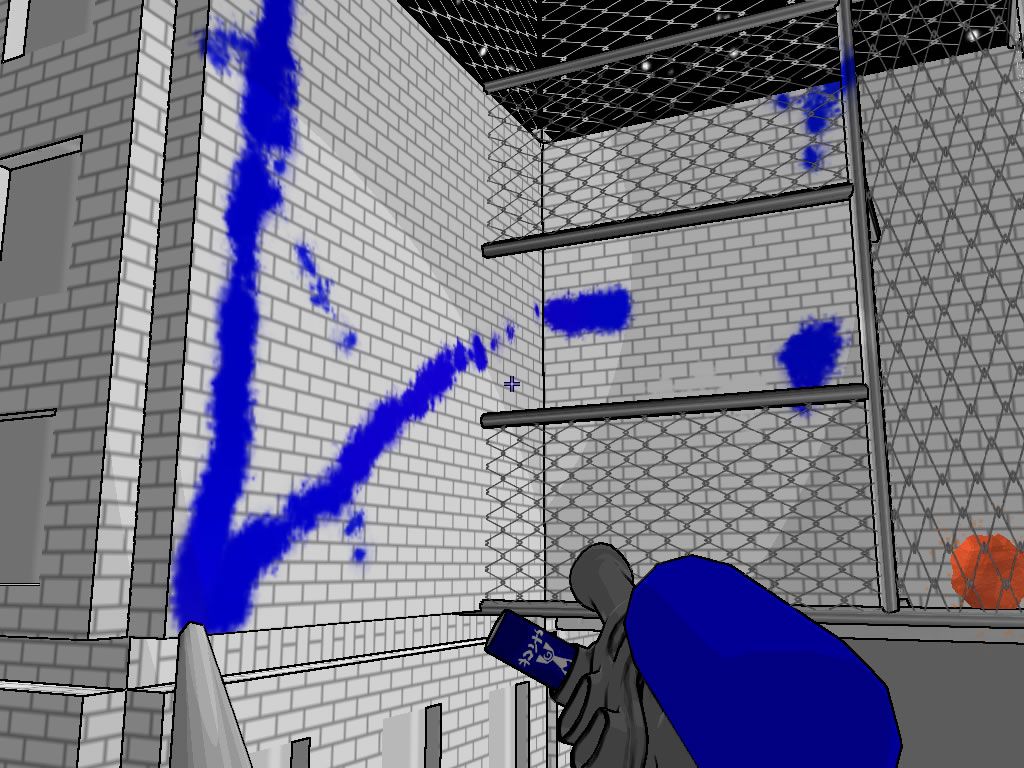
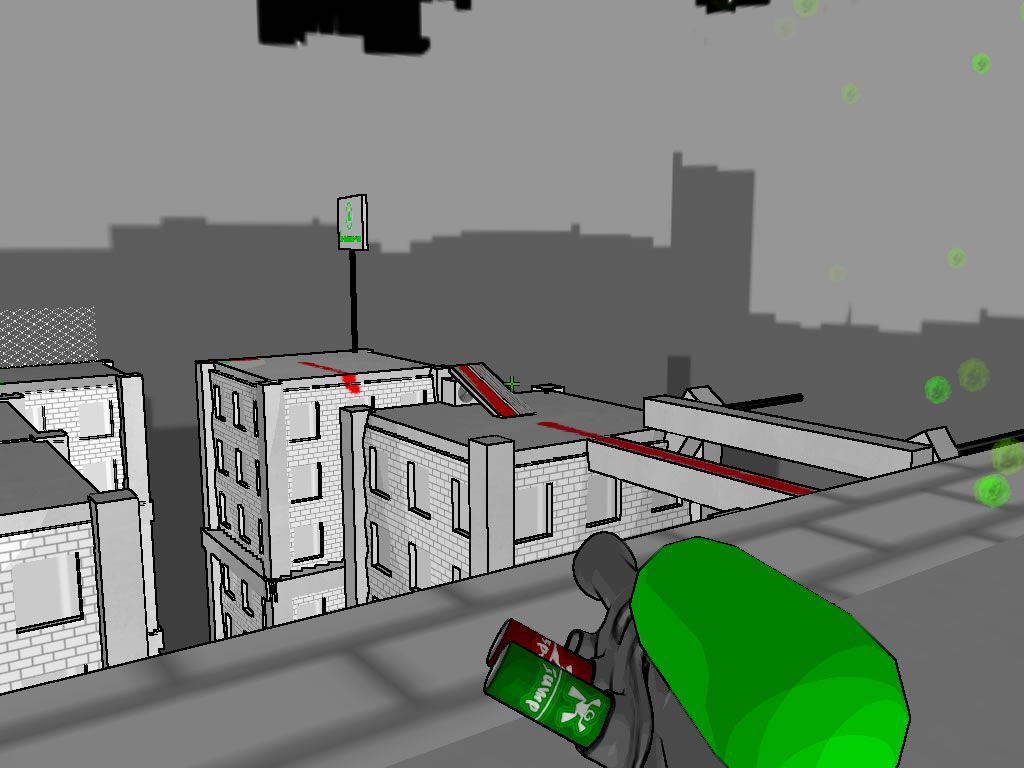



Reviews
There are no reviews yet.